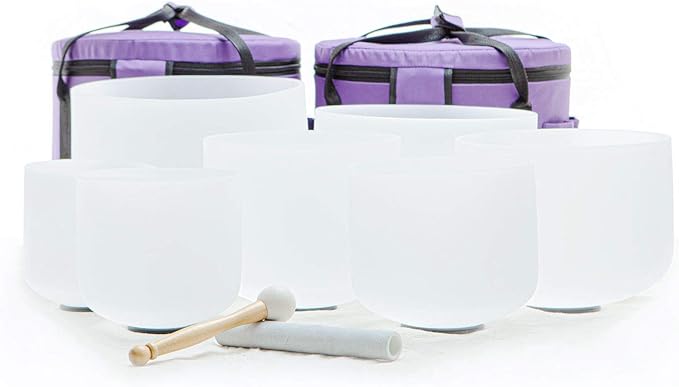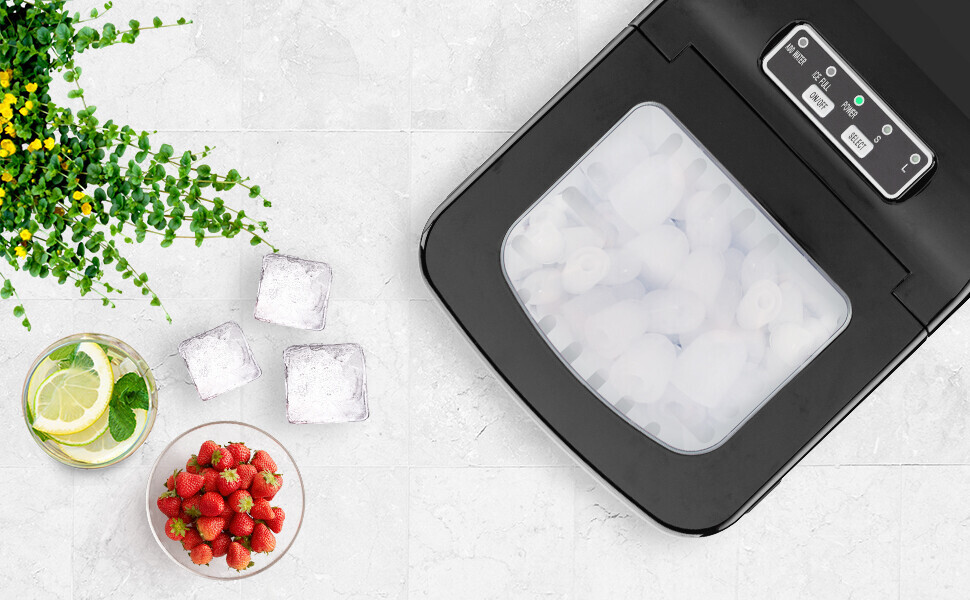What is the treatment of Acute Lymphoblastic Leukemia in children – my second article describing the treatment scenarios you will most likely be facing. You can find my first article here. The first article discusses the 3 main phases of treatment for ALL and some of the issues that may arise, whereas this article delves into other areas of treatment that accompany the phases that aren’t always talked about when you first receive the diagnosis. I will also endeavour to give you more information about the potential side effects or hiccups that might be experienced as a result of undergoing chemotherapy treatment and any other medications that are associated with it, some of which will form a third article, yet to be written.
Additional Treatment Information:
Surgery:
In our day there was a need for a child to undergo surgery within the first week of treatment. This was to place a portable catheter (Porta-cath) under the skin with a line going into a vein or artery in the neck for direct access to the blood stream. The reason for this as it was explained to me, was for ease of administering the chemotherapy on a regular basis, in other words daily and sometime several times a day. I was told that it was also because some of the drugs were so aggressive that they can cause burns or ulcerations on the skin if they touch it and so this was a way they could get it directly into the blood stream without causing damage to the skin. This adds another stress to an ALL diagnosis because nobody wants their child to have to go through an operation as well as the treatment, and then there is the associated risks that come with any surgery and after care.
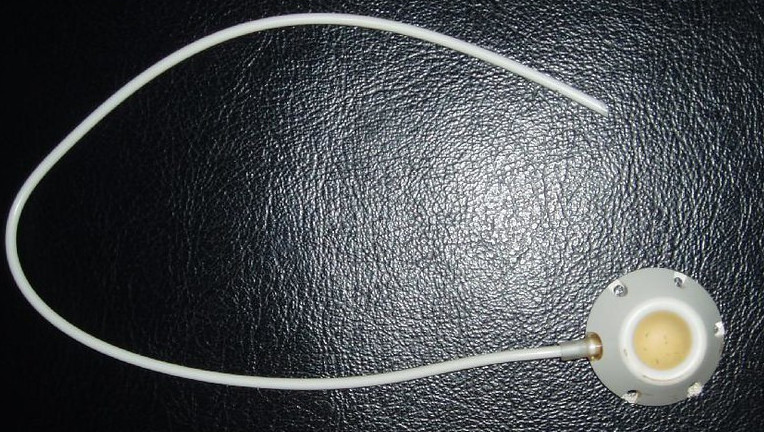
I recall our surgery took about 2 – 3 hours and thankfully there were no complications during the surgery itself. Our complications arose when my daughter’s porta-cath site became excruciatingly infected and they couldn’t access it to get the chemo drugs in to her, because they didn’t want to hurt her any more than what she was already going through. They had to insert yet another temporary line into her neck on the other side to where the porta-cath line was so they could give her the chemo drugs. They ended up having to physically force antibiotics into the infected area with a needle, knowing that it would be extremely painful for her to do this but it was the only way they could get rid of the infection. The nurses were so upset they had to do it to her that they drew straws to choose who would have to do it. My daughter still retains scarring in the areas of the porta-cath on her chest, where they inserted the line in her neck and on the other side of her neck from the insertion of the temporary, from all those years ago.
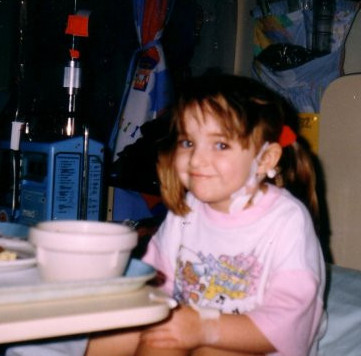
Another issue that we had with the porta-cath to be aware of is that every time they had to use it, they had to “needle” it. So even though it was designed to allow easier access for the purpose of administering the chemo, they still had to stick a needle in my child to do so. But once needled, it could stay there for a week and be used to administer intravenous chemotherapy before they had to re-needle it, which was at least a little better then having daily needles. I won’t go into the emotional and psychological trauma this caused in this article, that will be for another day, but my daughter hated this and was fearful every time they wanted to do it, worrying that it would hurt her.
This may have been a residual effect from the pain she had with her infected porta-cath, but it was a fight every time she needed it to be re-needled. And to be honest, who could blame her? They used Emla cream over the site before doing it, which was a godsend because it acted like an anesthetic on the skin surface, so it shouldn’t have hurt, or if it did, not much, so that is one comfort from this experience that you can be aware of. The child will still feel pressure, but supposedly they don’t feel the needle going in as a needle.
Something to note is that there will be surgery again at the end of the overall treatment program where they will remove the porta-cath. Thankfully our surgery went without any more dramas and apart from the scarring, which still hurt her for years every time her skin got stretched across that area, or one time when a teacher threw a book at her (yes, really!) which hit her right on the scar, we had no other complications. On a side note, I did have to write a rather scathing letter to the school about that teacher and threatened to report them to the education department for having put my child through even more trauma. We got a letter of apology from both the school and the teacher, but at the end of the day, this was still added trauma to my already trauma overloaded child which we could have done without.
Central Nervous System (CNS) Prophylaxis via Lumbar Puncture:
ALL can sometimes spread to the central nervous system, so preventive measures are taken to treat or prevent this. Intrathecal chemotherapy (administered directly into the cerebrospinal fluid) and sometimes cranial radiation may be used for this purpose.
My daughter had to have more that a few lumbar puncture procedures during her treatment years, I can’t remember exactly how many. I felt grateful to the hospital at the time because this particular one put the kids under general anesthetic for this procedure while others didn’t. I’m not so sure that was such a good thing now after hearing stories about how frequent anesthetic can cause damage to the brain. There appears to be mixed opinions in the studies done as to whether it affects the brain or not, but I’d rather be cautious and make you aware of this so you can do your own research and make an informed decision. My daughter certainly suffered brain damage during the time of her treatment but I can’t be certain it was a result of the anesthetic.
We had a lovely anesthetist who adored my daughter. She was his only patient who didn’t fight him when she had the mask put over her face. She did at first, but when she started kicking her legs up and down in rebellion, I decided to try to calm her down by saying “Oh look, she’s marching to sleep”, and Dr Board started to sing a song, we ended up getting through to her and she tried marching to the song. From then on, she was perfect for him and he always looked forward to seeing her and sang a different song every time while she marched to sleep. One day, when my ex-husband was also in the procedure room with us as well, Dr Board sang New York, New York, and myself, my ex, and the 3 nurses all joined in too, dancing along with it. Sometimes there were happy memories with the bad stuff and it’s important to grab on to those and hold on to them.
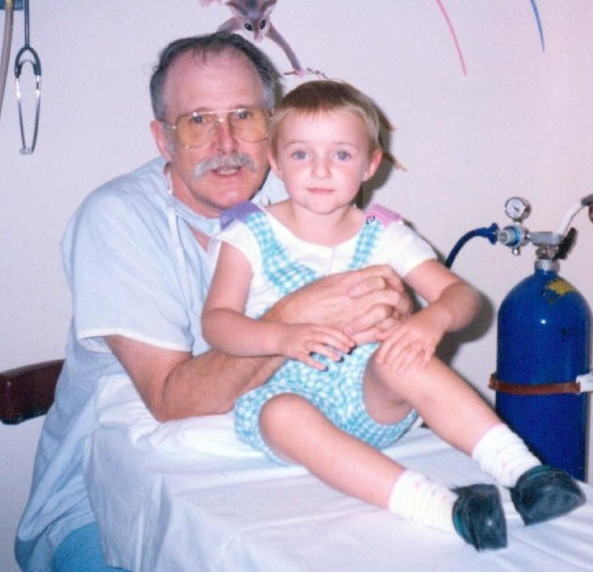
In terms of complications from this procedure, we did have one occasion where I came back in to the recovery room at the allotted time and found a whole bunch of people surrounding her. They never actually told me what had happened except that she had a problem with breathing and went blue during recovery. I probably should have pushed them to explain it properly but i was so upset that I hadn’t been in there when it happened, not that I could have been, but I was also grateful she was alive. I couldn’t think clearly and not for quite some time later. If any nurses or doctors out there are reading this, perhaps you could drop a comment below and let me know what might have occurred.
One other suspected complication that arose from the actual lumbar puncture procedure, which was never acknowledged by the medical profession as a side effect, is that my daughter could never touch her toes properly or bend her back and keep it straight ever again after having these procedures. It wasn’t something that was noticed straight away but some years later when she started to do dancing as a sport. Her back remained arched no matter how hard she tried to bend it straight, and she couldn’t bend forwards enough from a standing or sitting position to touch her toes. It limited her ability to go further in her dancing classes which was a real shame because she was actually a very good dancer, but her inflexibility prevented her from performing certain exercises and steps.
During the procedure they inject chemo drugs directly into the cerebrospinal fluid. To do this, they need to place a needle into the subarachnoid space of the spinal cord meninges, a membranous protective layer over the spinal cord. I can’t find any information that links flexibility issues with Lumbar punctures, but I’m not sure what else it could be. I have no way to compare before and after issues because she was so young when she got Leukemia she wouldn’t have been trying to touch her toes. I don’t recall ever noticing how she bent over before that so I can only assume it was an indirect result of her treatment.
Clinical Trials:
Participation in clinical trials may be an option for some patients, allowing access to experimental treatments and contributing to the advancement of ALL treatment options. In our day, there was also something called Randomisation. There was a new treatment they were trialing and so all children with Leukemia went through this process of randomisation where a computer would choose which children would move on to the new treatment protocol and which would stay on the current one. I don’t know if they do this anymore but for us, we ended up being chosen to stay on the protocol that was being used at the time.
It was with mixed feelings that we continued down that path. There was so much dread for me knowing that an inanimate computer with no heart was the deciding factor as to whether my child would go down an experimental route which may improve her chances of survival, or lessen it, not knowing what would happen. Or stay on the path that had a 76% chance of survival at that time and perhaps miss out on a better, more effective treatment that improved the chances of survival. However, I can also understand looking back why it was better for a computer to make the choice. I would hate to be a human on the other end of that holding each child’s life in my hands. I don’t think I could live with myself if I had sent children to their deaths.

It was a very scary time for us and everyone who knew this was coming, waited with baited breath to see which program their child would be placed in. It was like a toss of a coin or luck of a dice roll, or even playing Russian Roulette, knowing that their fate would be decided by chance only. Then the nail biting started as we still had no idea what results it would bring. It was a waiting game for the remainder of their treatment, which could still last a couple of years. That’s a long time wondering whether a computer had just signed your child’s death warrant. As it turned out, sadly, the new treatment did not seem to improve the children’s chances of survival because I noticed that many of the children that we knew had been placed on the new treatment protocol were relapsing and some didn’t survive. As glad we were in the end to have been chosen to stay on the original treatment protocol, Survivors Guilt is a real thing too, for both the parent of the child with Leukemia and the child themself who survived it. We will discuss other psychological issues arising from having Leukemia as a child if other articles because children do not get away unscathed from chemotherapy or Childhood Leukemia.
Conclusion:
I truly hope the question of what is the treatment of Acute Lymphoblastic Leukemia in children has been covered clearly enough in this article which discusses additional treatments and the previous one, which presents the 3 main treatment phases. Knowing some of this in advance can really help you get through this terrible time and won’t be such a shock if any of them happens to you or your child. There is so much more to explore but that is why I have an entire blog dedicated to helping parents and Carers of children with Leukemia and not just one article for you to read.
Thank you for reading and I wish you the most heartfelt good luck with yours and your child’s journey. If I can help you in any way, please reach out in the comments below or get in touch on my Facebook page dedicated to helping you.
Warm Wishes,
Ange
